“Mathematics is a form of art”: a post on the centenary of the birth of Martin Gardner
- Transfer
- Tutorial
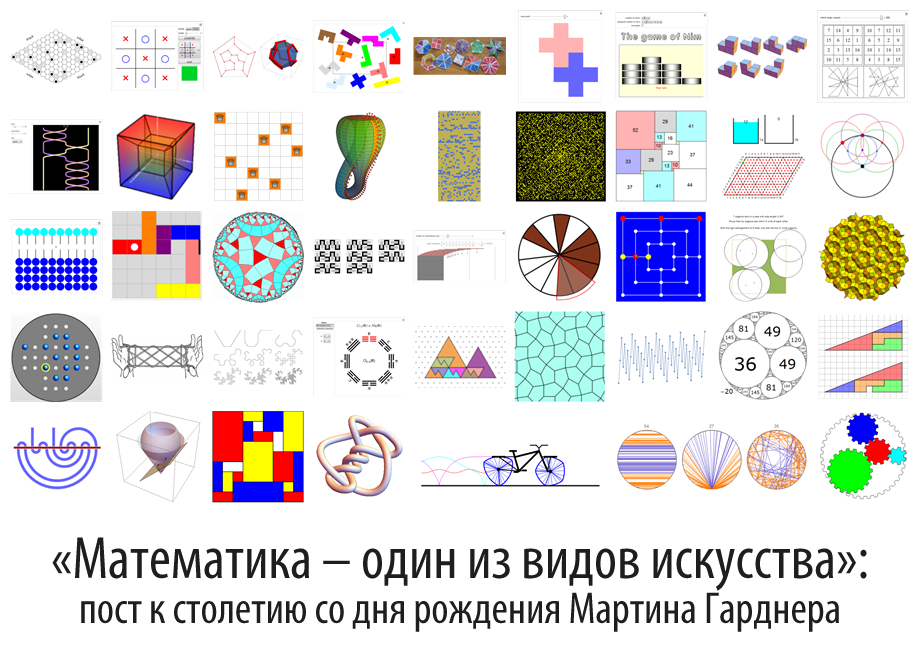
Ed Gegner ’s 100th Birthday translation of Ed Pegg Jr ’s post .
I think the content of this post will be interesting to anyone who loves math and its beauty, anyone who knows Martin Gardner’s wonderful books and tasks, and will also be useful to teachers schoolchildren and students. All links in this post lead to the Wolfram Demonstrations Project sites (a collection of free interactive demos created by Mathematica users in the Wolfram Language using the Computable Document Format (CDF) technology , while the source codes for all the demos are available to you, which means you can download each of them, study and change for yourself) and Wolfram MathWorld (the largest and most respected online math encyclopedia).

One hundred years ago, on October 21, 1914, Martin Gardner was born in Oklahoma.
Briefly about Martin Gardner (Wikipedia entry)
He was a leader in the section of mathematical games and entertainment of Scientific American magazine, in which the Life game, invented by John Conway, was presented to the general public, as well as many other interesting games, tasks, and puzzles.
Gardner's articles and books on entertaining mathematics are particularly popular. Gardner interpreted entertainment as a synonym for fascinating, interesting in cognition, but alien to idle entertainment.
He is also known as the author of several science fiction stories (“The Island of Five Colors”, “Zero-Sided Professor”), commentator Lewis Carroll (“Alice in Wonderland”, “Alice in Through the Looking Glass” and “Hunting the Snark”) and G. K. Chesterton ( “The Man Who Was Thursday” and “Ignorance of Father Brown”).
Among Gardner's works there are philosophical essays, essays on the history of mathematics, mathematical tricks and "comics", popular science sketches, science fiction stories, tasks on quick wits.
Gardner's style is characterized by lucidity, brightness, persuasiveness of presentation, brilliance, paradox of thought, novelty and depth of scientific ideas, many of which are gleaned from modern scientific publications and, in turn, have become an incentive for serious research, active involvement of the reader in independent creativity.
Gardner's articles and books on entertaining mathematics are particularly popular. Gardner interpreted entertainment as a synonym for fascinating, interesting in cognition, but alien to idle entertainment.
He is also known as the author of several science fiction stories (“The Island of Five Colors”, “Zero-Sided Professor”), commentator Lewis Carroll (“Alice in Wonderland”, “Alice in Through the Looking Glass” and “Hunting the Snark”) and G. K. Chesterton ( “The Man Who Was Thursday” and “Ignorance of Father Brown”).
Among Gardner's works there are philosophical essays, essays on the history of mathematics, mathematical tricks and "comics", popular science sketches, science fiction stories, tasks on quick wits.
Gardner's style is characterized by lucidity, brightness, persuasiveness of presentation, brilliance, paradox of thought, novelty and depth of scientific ideas, many of which are gleaned from modern scientific publications and, in turn, have become an incentive for serious research, active involvement of the reader in independent creativity.
He wrote about the game of hex and tic-tac-toe .
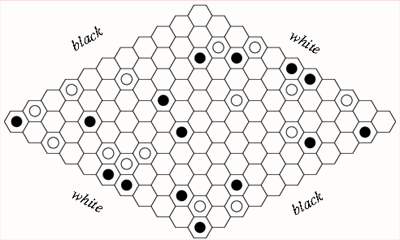
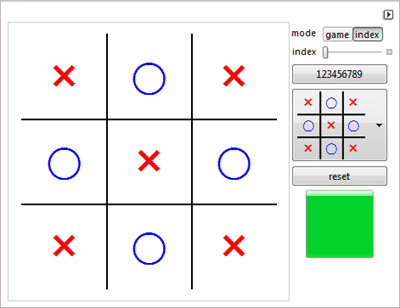
The search for Hamiltonian cycles on the edges of the dodecahedron (the Ikosian game) and about poliomino .
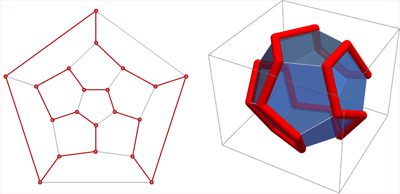
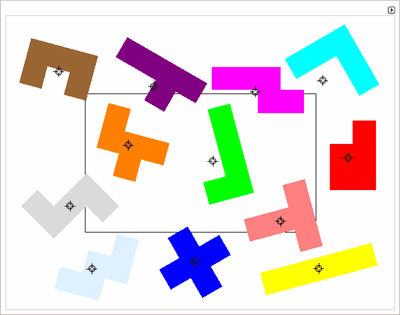
Flexcars made of paper , Samuel Loyd puzzles , and the game of Nimes .


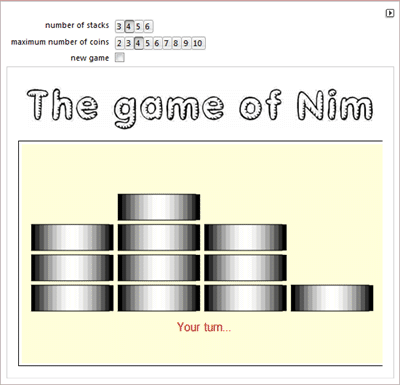
The digital root of the number , Soma cubes , mazes , logic , and magic squares .
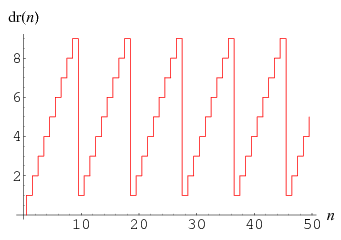
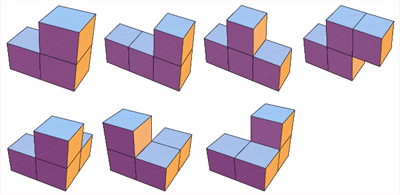
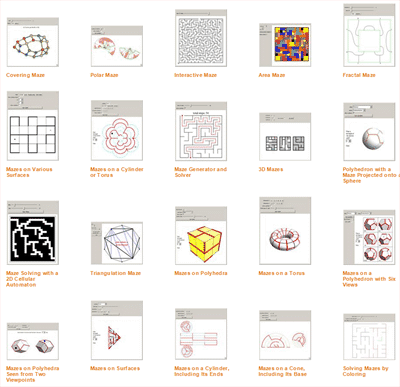


Squaring a square and a golden ratio .
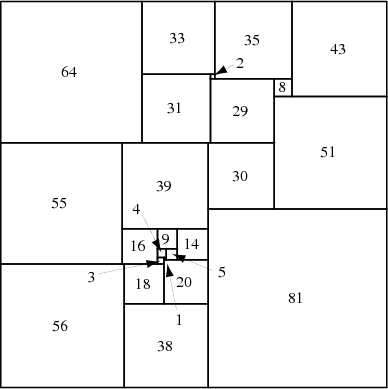
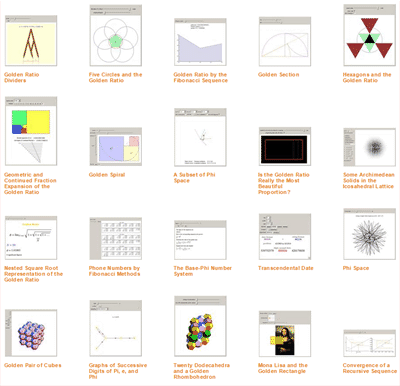
Solved the " problem of the spider and the fly ."

He wrote about the problem of packing circles , the properties of an ellipse , the number of pi and conic sections .


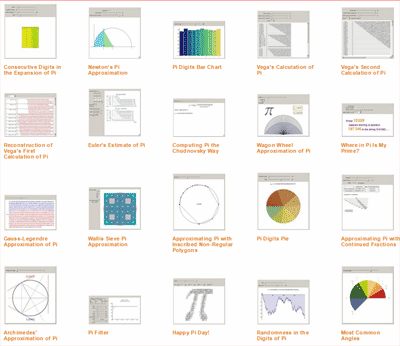

Group theory and its application in braid theory , intervals between primes , Latin squares , four-color theorem .
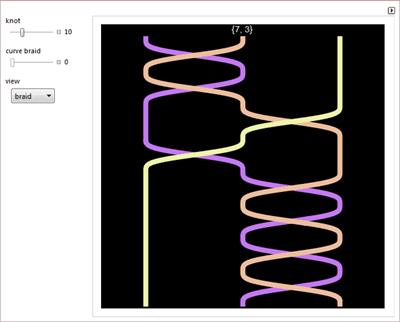
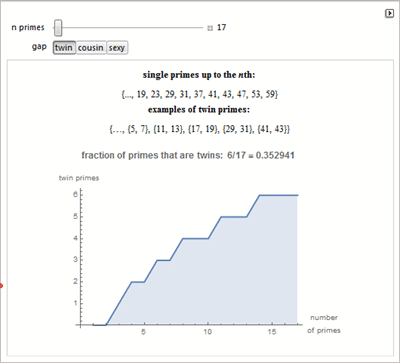

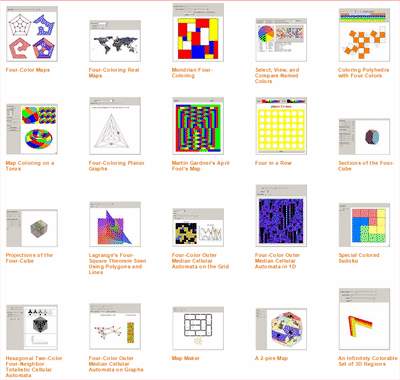
Hypercubes , Turing machines , curves of constant width , the problem of eight queens .


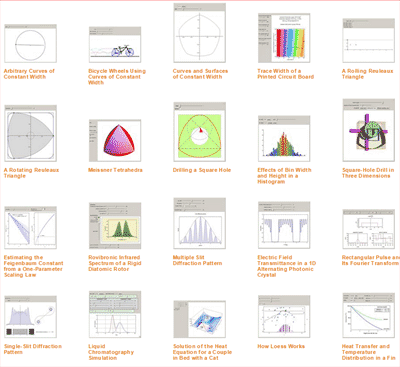
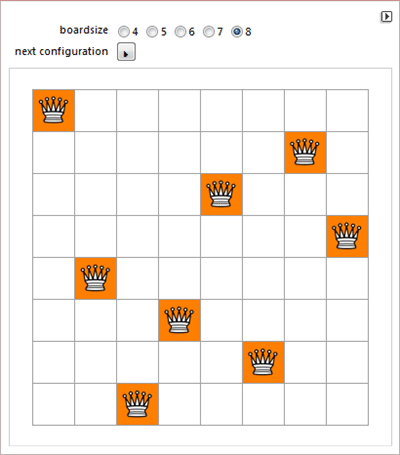
Klein bottle cut into ribbons , helix lines and " graceful counts ".
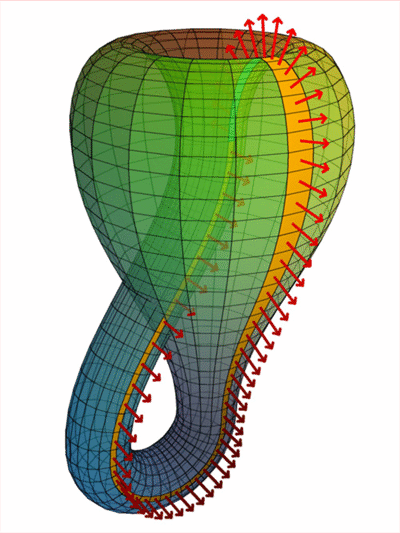


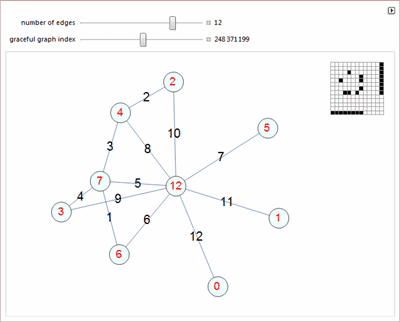
On the message of Arecibo , and signs of divisibility of numbers .


About Ulam carpets and even / odd numbers .
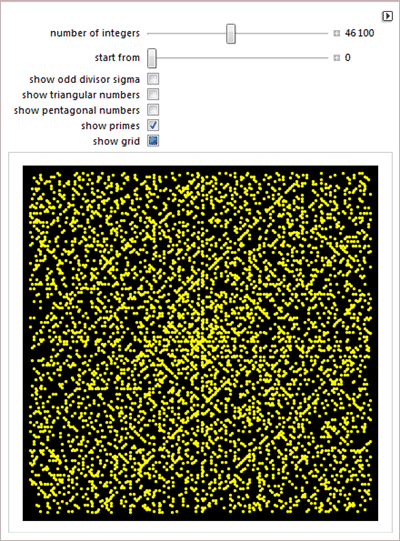

Farm-based buildings to be sustainable , a trisection of the corner , and the Mrs. Perkins quilt task .

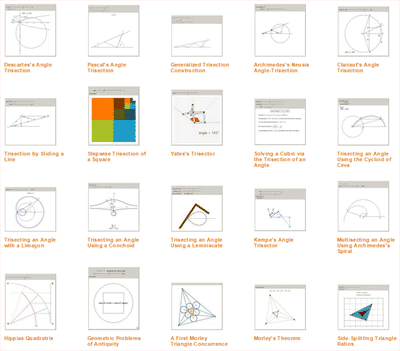
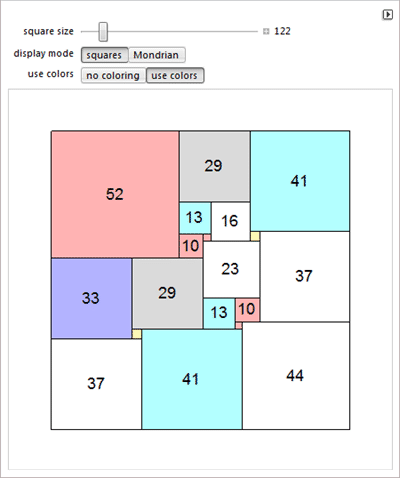
About Pascal's triangle , balancing weights with ternary weights and the billiard trajectory problem as applied to the water transfusion problem .
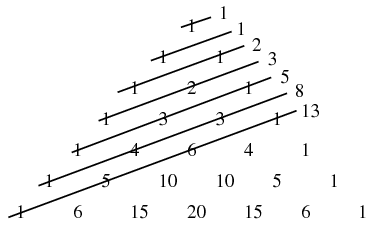
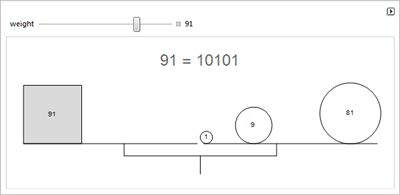
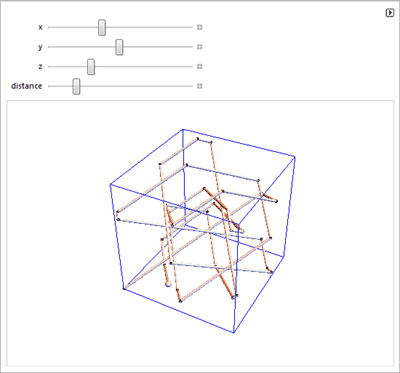

On geometric constructions with restrictions , the number e, and the proof of problems by induction .
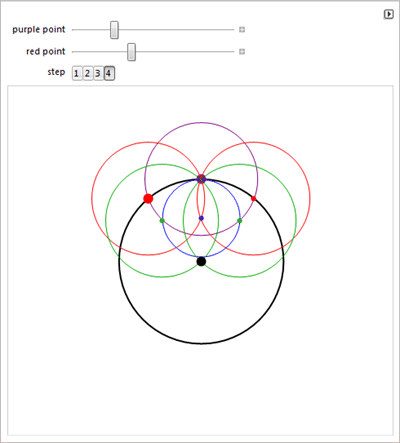
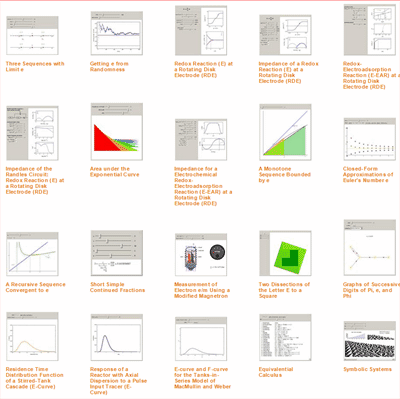

About abacus , random walks , periodic decimal fractions and puzzles such as tag .



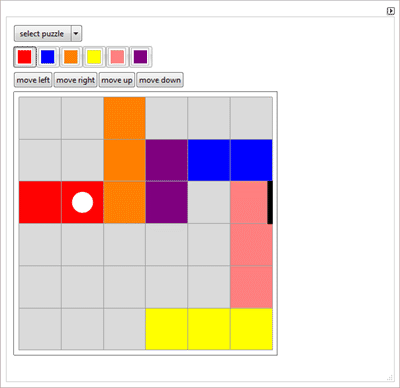
On the Pythagorean theorem , gears , the art of M.K. Escher and spheres .
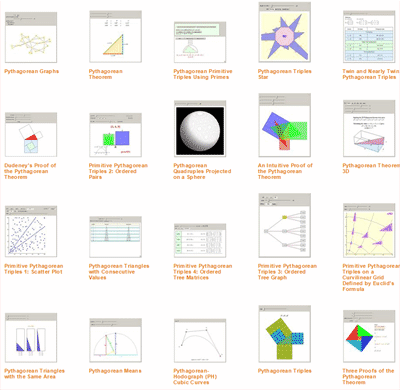


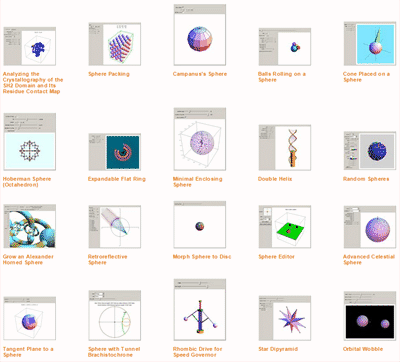
Patterns based on dominoes , towers based on a harmonic series , endless rows and the task of cutting a pie .
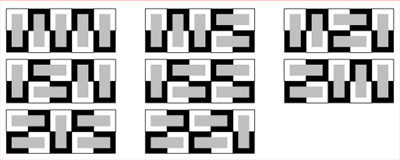
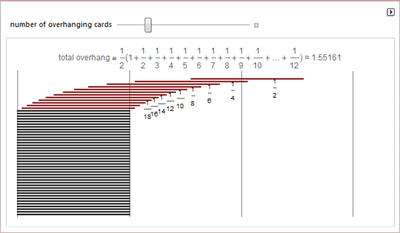
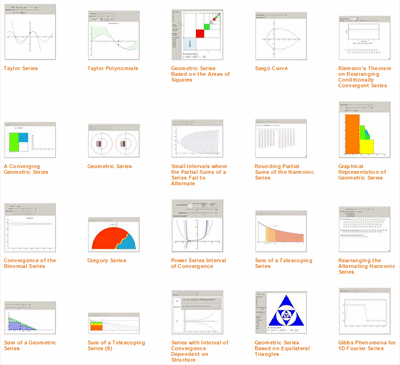
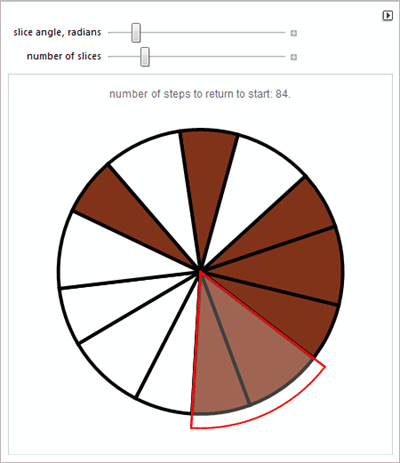
About Aleph-zero and Aleph-one .
About the Game of life and the gun of Gosper.
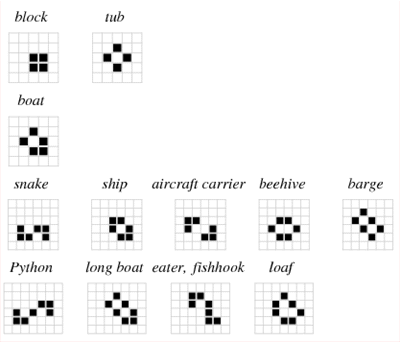
About Paterson's worms and a torus twisted into a knot , folding a sheet of paper and playing the Mill .
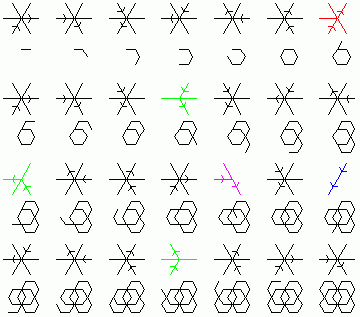


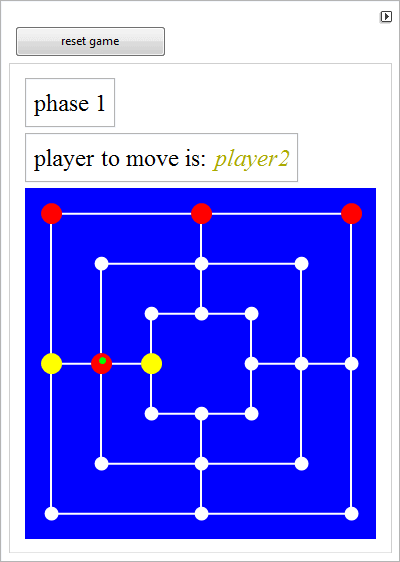
About the problem solved by Andrew Wiles (Great Fermat's theorem).
About the Dirichlet principle and Penrose patterns .
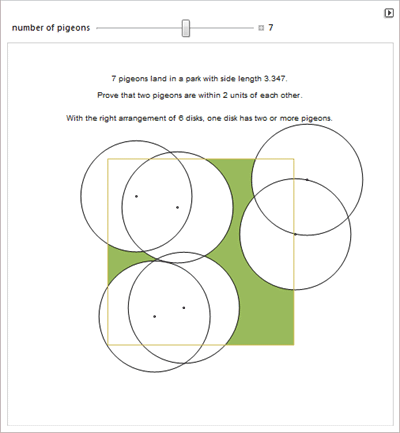

About the game is a solitaire , figures from a thread , crooked dragon , and a book of changes .
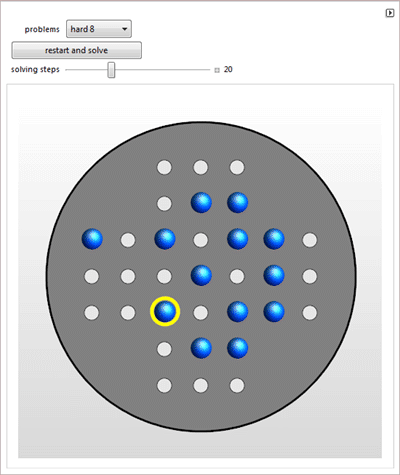
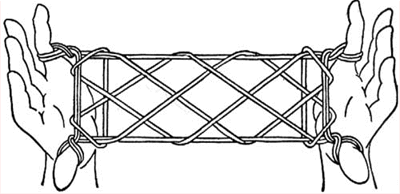


About the figures that can be broken down into those similar to the figure itself , and the rings of Borromeo .
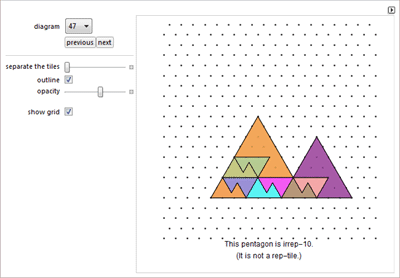

On the tiling of a plane by pentagons , the problem of shuffling , the problem of " Exact touch" , tetrahedrons , cycloids and a cube for playing dice .


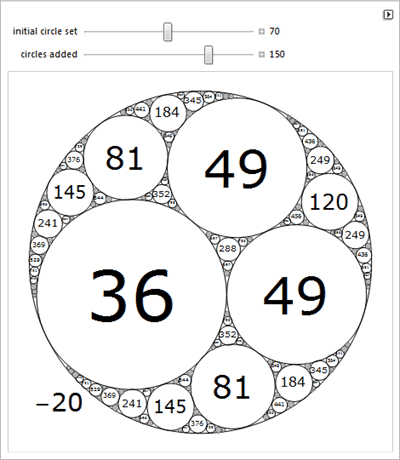
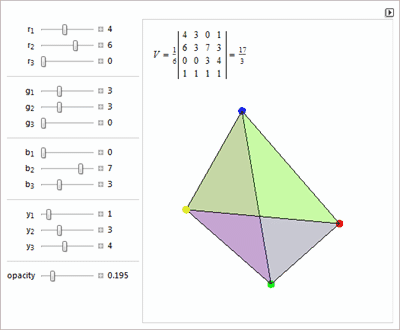
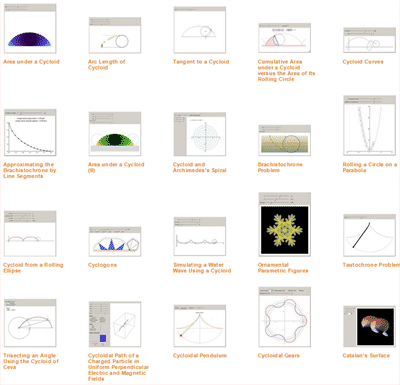

Diophantine equations and geometric errors .


Non-transitive dice and special relativity .


The meanders ... in fact, it’s possible to continue perhaps more than one day to list what Martin Gardner did and wrote about, but I think that I have already listed enough to honor his memory.
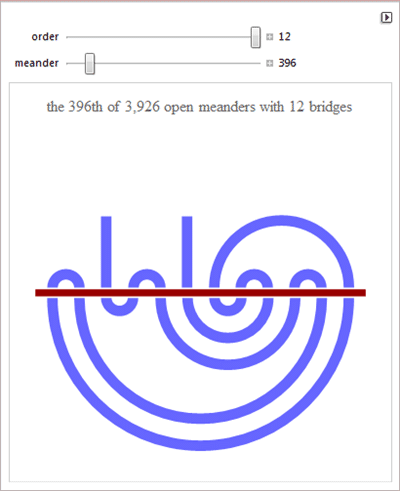
Resources for learning Wolfram Language (Mathematica) in Russian: http://habrahabr.ru/post/244451
